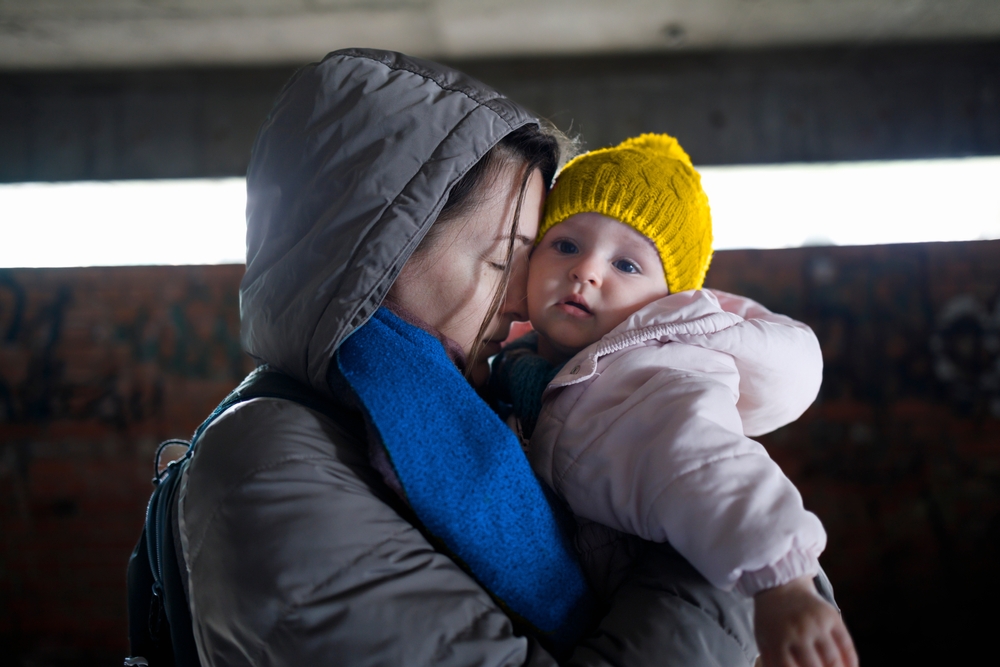Health care providers have a vital role to play in reducing the health disparities for homeless women through early intervention, advocacy and trauma-informed care.
Rates of homelessness have increased substantially in Australia in the past decade, and homelessness services have reported an unprecedented number of requests for help in the wake of affordable housing shortages and the cost of living crisis.
In a perspective published in the Medical Journal of Australia, Professor Lisa Wood of Notre Dame University Australia and Rhiannon Villiers of Homeless Healthcare have highlighted the unique health challenges faced by women experiencing homelessness.
Due to the compounding traumas associated with homelessness, the authors argue that health care providers must utilise trauma-informed care in supporting their patients who are homeless or at risk of homelessness.
“Health and housing are fundamental human rights and without basic shelter, safety and security, it is extremely difficult to access health care or maintain good health and wellbeing,” Professor Wood and Ms Villiers wrote.
“In a ‘cycle of perpetual vulnerability’, women who are homeless are at a high risk of violence, sexual assault, exploitation and theft, and trauma is cumulative and compounded.”
“These vulnerabilities, along with other social determinants of health relating to housing and material circumstances, lead to negative health impacts, as well as affecting engagement with the health system.”

The health risks of homelessness
Of the 122 494 people recorded as homeless in the 2021 census, 44.1% were women, and 50.7% of those women were Aboriginal and Torres Strait Islander.
The number of women and girls experiencing homelessness has increased by approximately 10% since the 2016 census.
While homelessness is linked to significant physical and mental health conditions irrespective of gender, homeless women face additional health challenges, such as accessing sexual and reproductive health care, as well as antenatal and postnatal care.
Family and domestic violence is a significant contributor to homelessness in Australia, accounting for 45% of homelessness service help requests in 2022–23, and is a major driver of hospital use among homeless women.
Older women are also particularly vulnerable to homelessness when experiencing relationship breakdowns or financial insecurity.
“Our recent research showed homelessness being associated with a life expectancy gap of around three decades compared to the overall population, but the gap is almost four decades for women who have experienced homelessness,” the authors wrote.
Reducing the health disparities
Stigma and trauma are significant barriers to homeless women accessing health care, and the authors outline steps that health care providers can take to reduce those barriers.
These include:
- embedding trauma-informed care and person-centred care in all health services;
- offering health care in settings where women feel safer and ensuring female practitioners are available;
- offering less invasive options for examination, such as self-swab for cervical screening;
- bulk-billing and fee waivers for women who are homeless or at risk of homelessness;
- being mindful of health literacy and personal circumstances when offering health advice, for example, a person may not have access to a fridge for medication storage or fresh food;
- practising cultural safety and engaging with Aboriginal controlled organisations and Aboriginal health workers for Aboriginal and Torres Strait Islander patients;
- providing information to support women to exit homelessness, such as local homelessness services and community legal services.
Beyond supporting patients in their day-to-day practice, the authors also emphasise the need for health care providers to advocate for policy changes to support people facing homelessness.
“Although challenges such as affordable housing, supported accommodation and family and domestic violence prevention may be considered out of the health sector’s scope of responsibility, health care providers can play an important role in advocating for and influencing change at a population level,” the authors wrote.
“Multilevel action (policy, organisational and individual) is needed to reduce the health barriers and disparities faced by homeless women.”
“However, from our combined experience working alongside this vulnerable population, for whom trauma is ubiquitous, the importance of recognising their resilience and listening with empathy and without judgement cannot be over-stated if we are to walk together to reduce the enormous health barriers and disparities they face,” the authors concluded.
Read the perspective in the Medical Journal of Australia.
Subscribe to the free InSight+ weekly newsletter here. It is available to all readers, not just registered medical practitioners.

 more_vert
more_vert